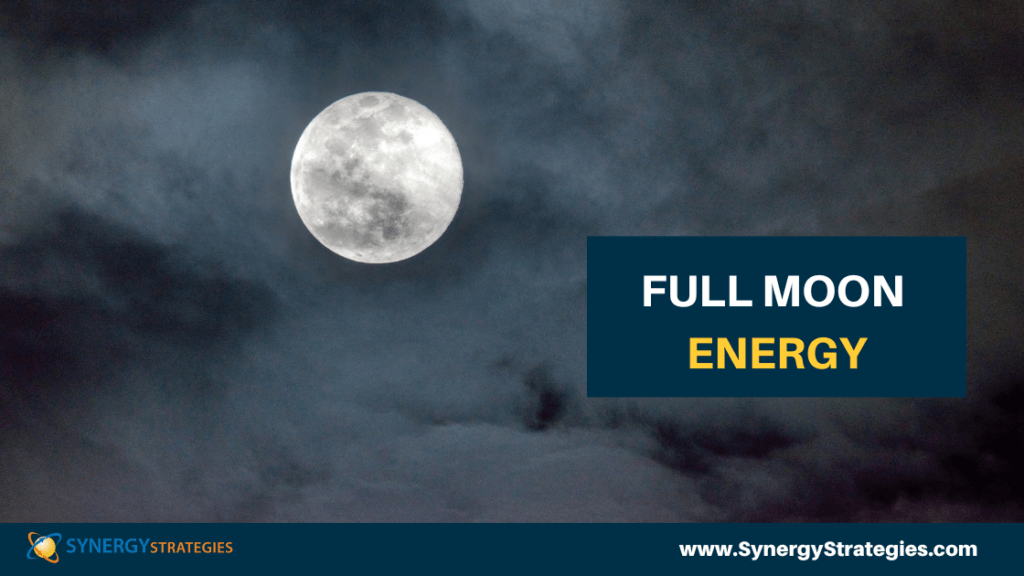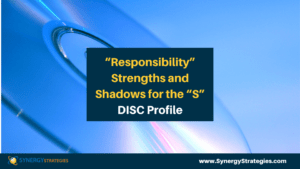Does it feel like things are a little more volatile right now? In my coaching work. I have the honor of connecting with a good amount of interesting, diverse people each week. As a coach, people confide in me where they are and where they want to go, and we work together to close the gap in between. During our calls, many different things come up over the course of our time together. Often, I notice that there are specific weeks, months, or even a whole season that seems to embody more conflict, challenge, emotional turmoil, and strain. I tend to notice this more when I have friends or family that share their challenges, often out of the ordinary for them, but in this period feel that it needs to be shared with someone to work out the struggle. In my client sessions, there tends to be a pattern where the majority of the calls for the day have some sort of unusual conflict the leaders are dealing with. As we know, leaders typically are always dealing with something, but there is a difference when types of challenges weigh more heavily and have greater complexity versus things that are just part of normal leadership stress.
This brings out compassion for these leaders and then I start to notice a pattern and a larger meta-trend or energy around us. The world is made of energy and that energy sometimes affects more people which causes me to stop and reflect on what we might be buffering. This concept came to my attention a few years ago while I was reading John Gray and a comment he made about relationships. He stated that if there is vulnerability or strain, the full moon will cause extra gravitational pressure bringing conflict or those emotions to a head. In contrast, when things are healthy, happy, and well, the full moon has little effect on us as we have the margin to absorb the additional pressure or strain. The moon is at its fullest on February 5, 2023, which may be contributing to some of the strain being felt lately, but it doesn’t really explain the extra energy load that many have expressed to be buffering throughout January this year.
I am far from an expert on energy, but I do tend to notice patterns and themes and in my experience, there are steps we can take to manage it better. I wanted to share this article to one, encourage you by raising awareness, and two, give you some tools to help through this difficult time if you find yourself affected.
First, you are not alone. When there seem to be more people in “the grind” it is good to step back and realize there might be more happening around us than we realize. Also, in times of struggle, we can be pulled internally, thinking about our own challenge and potentially miss that others are also somehow in “the grind”. Over the last month, people I have worked with seem to be buffering some sort of challenge from sickness, job stresses, leadership tough decisions, family pressures, worry and fear of world events, strained finances, etc. Like the seasons of nature, it doesn’t stay winter for 12 months, spring is coming. With that mindset, you can be aware of looking for learning, growth, possibility, and what is good right around the bend.
Second, there are a few things you can do when your energy is being pressed on. Energy shows up in your mood, mindset, enthusiasm, motivation, ambition, emotions, etc. When our energy is experiencing greater pressure we tend to experience more interactions negatively versus when our energy has space and is supported we experience positive interactions.
If you are in a season where your energy might be a little more strained, here are five things you can do to help yourself:
- Be present and more aware of your mood, emotions, and feelings. Notice if you are carrying stress, negative thoughts, or emotions, check in with yourself about your mindset and overall mood response. It can be good to journal and then re-read what you wrote. Notice if you have thoughts that are resisting something, denial, blaming, attacking, defending, etc. Do you feel happy, sad, fearful, excited, etc? Just take stock of where you are.
- Check your habits and routines. Often in times of stress, our great healthy habits such as AM time, workout time, journaling, affirmations, good eating, etc. can go out the window. Notice what you do when you feel great and what you are doing right now. Usually, people feel justified in “not having time” to do some of these key resilience-building habits, but actually, it is contributing to their wearing down of themselves. In contrast, by putting the habits back in place we help ourselves to practice healthy, stress-reducing activities that support resetting sooner.
- Stay out of reaction and give yourself margin. In resilience, it is said that it is not about the ability to get up quickly when down, but rather the skills to have enough space that when in pressure you allow yourself to take a minute, reflect and gather your thoughts. Similar to time, when we are running late, we have less margin and space for a red light, much less a flat tire. Yet, when we give ourselves space, we have more time for the unexpected which then automatically reduces the pressure that an unexpected interruption or challenge puts on us. When we realize we are a bit more fragile, vulnerable, easily exhausted, etc., it is extra important (but difficult) to create a larger window for activities, thoughts, and taking care of ourselves.
- Practice extra self-care. Take time to go for a walk, take a long hot shower, do yoga, focus on extra mindfulness, attend a learning session, read a book, etc. Again, like margin, in times of stress, we really don’t feel like we have time for it but really need it. Not only does self-care contribute to our resilience ability but self-care accelerates giving our energy oxygen and lift.
- Fuel with positivity. Write things you are grateful for, listen to calm and positive music, pray, read the Bible or a devotion, read positive affirmations, do a random act of kindness, watch a comedian, smile at someone, send a thank you or encouragement message. By doing things that put you in positive energy, you help to expand and multiply it for yourself and others.
The point is energy is real. It is around us and it is in us. Circumstances and situations have their own energy and impact on us. We are not victims of the energy around us but can be reasonably affected by it. We have a choice to ignore it and pretend it doesn’t exist while it presses on us, or we acknowledge it, we can be aware of how we might be affected and take steps to “up-regulate” our energy to support the most positive, encouraging and productive state of mind. What you think and feel matters; what you do matters.






